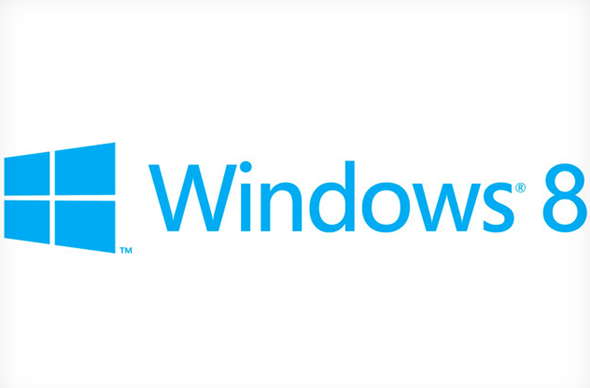Earlier this week, Microsoft officially unveiled the official SKUs of Windows 8, and, much to the surprise of many Microsoft enthusiasts, they actually simplified things. However, while the simplification is definitely a great step as far as branding is concerned, they did do one peculiar thing: The SKU for Windows on ARM was named Windows RT.
People on Twitter – and even some who initially blogged about the SKU news – quickly picked up on how bizarre and possibly confusing this could become. For one, the OS was pretty much named after Microsoft’s new programming model in Windows 8, WinRT , which means Windows Runtime. The second point that many made was that the naming of the OS had absolutely no value to consumers. In fact, this naming choice hardly has any value to many technical people, either, judging by many of our puzzled reactions.

The actual WinRT programming model isn’t limited to ARM, but I suppose that the inverse applies. For the most part – with the exception of Microsoft-authorized apps such as Office – Metro apps will be the only thing that you can run on ARM. But despite this, it’s still remains a bizarre naming decision.
But, with that being said, what other alternatives are there? For one, it’s worth noting that Windows RT isn’t necessarily connected to Windows 8. It might as well be considered a separate entity altogether, akin to Windows CE. Some have proposed that it should have been called Windows Metro, or even just Metro. But that would pile on to the branding nightmare in my opinion as there isn’t anywhere else that such branding is used. It would actually be inconsistent to do so considering that Windows is being plastered everywhere, even on the company’s Metro-centric mobile product Windows Phone.

As far as what it should be called, I’m stumped. But Windows RT certainly shouldn’t be it.
The next issue I see with this is, how exactly will Microsoft make the distinction between Intel tablets which can run more than just Metro apps, and the proper ARM tablets clear enough to consumers? Sure, they can market Windows RT tablets to consumers as the way to go, but I can see people easily confusing them for Intel tablets that just run Windows 8. In fact, more people may choose Intel tablets after the salesperson explains that those tablets can run more than just tablet apps only to be disappointed by the “normal” Windows touch experience.
It’s quite a peculiar and confusing situation.
For discussion on this topic: Check out the threads on Facebook or Google+.
You can follow us on Twitter, add us to your circle on Google+ or like our Facebook page to keep yourself updated on all the latest from Microsoft, Google, Apple and the web.

